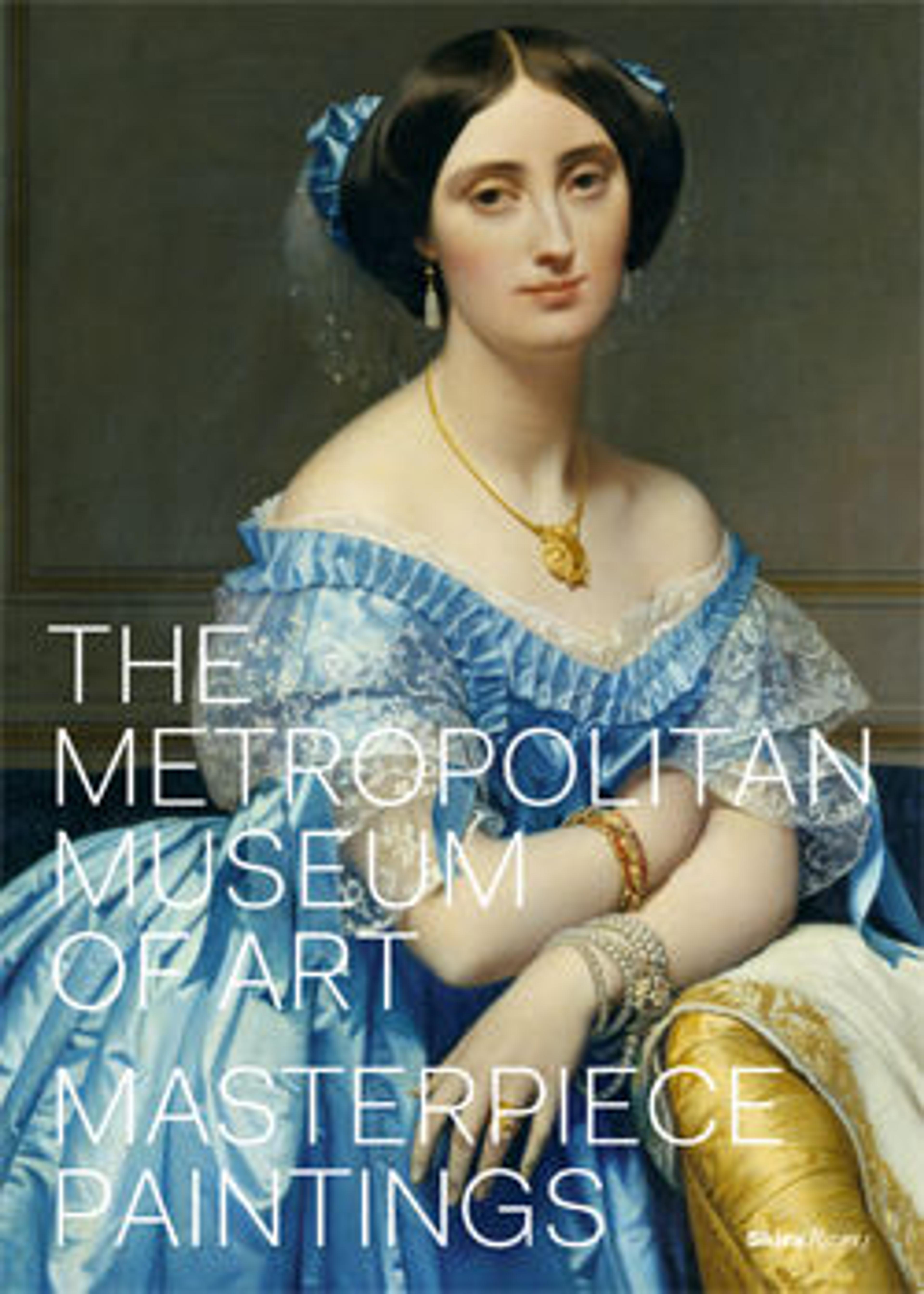Wine Drinking in a Spring Garden
The youth offering a cup of wine to a maiden reflects a Persian courtly ideal expressed in poetry as well as painting. But it was common practice for Timurid artists to turn to Chinese models for pictorial inspiration.
In this case, Chinese elements are seen in the arrangement of figures on a horizontal groundline set against a neutral, undefined background, the sinuous style of the flowering prunus tree that braces the princess, the motifs on the figures’ gold-embroidered garments, and the use of undyed silk as a support.
In this case, Chinese elements are seen in the arrangement of figures on a horizontal groundline set against a neutral, undefined background, the sinuous style of the flowering prunus tree that braces the princess, the motifs on the figures’ gold-embroidered garments, and the use of undyed silk as a support.
Artwork Details
- Title:Wine Drinking in a Spring Garden
- Date:ca. 1430
- Geography:Attributed to Iran, possibly Tabriz
- Medium:Opaque watercolor and gold on undyed silk
- Dimensions:H. 8 1/2 in. (21.6 cm)
W. 11 7/8 in. (30.2 cm) - Classification:Codices
- Credit Line:Cora Timken Burnett Collection of Persian Miniatures and Other Persian Art Objects, Bequest of Cora Timken Burnett, 1956
- Object Number:57.51.24
- Curatorial Department: Islamic Art
More Artwork
Research Resources
The Met provides unparalleled resources for research and welcomes an international community of students and scholars. The Met's Open Access API is where creators and researchers can connect to the The Met collection. Open Access data and public domain images are available for unrestricted commercial and noncommercial use without permission or fee.
To request images under copyright and other restrictions, please use this Image Request form.
Feedback
We continue to research and examine historical and cultural context for objects in The Met collection. If you have comments or questions about this object record, please contact us using the form below. The Museum looks forward to receiving your comments.
